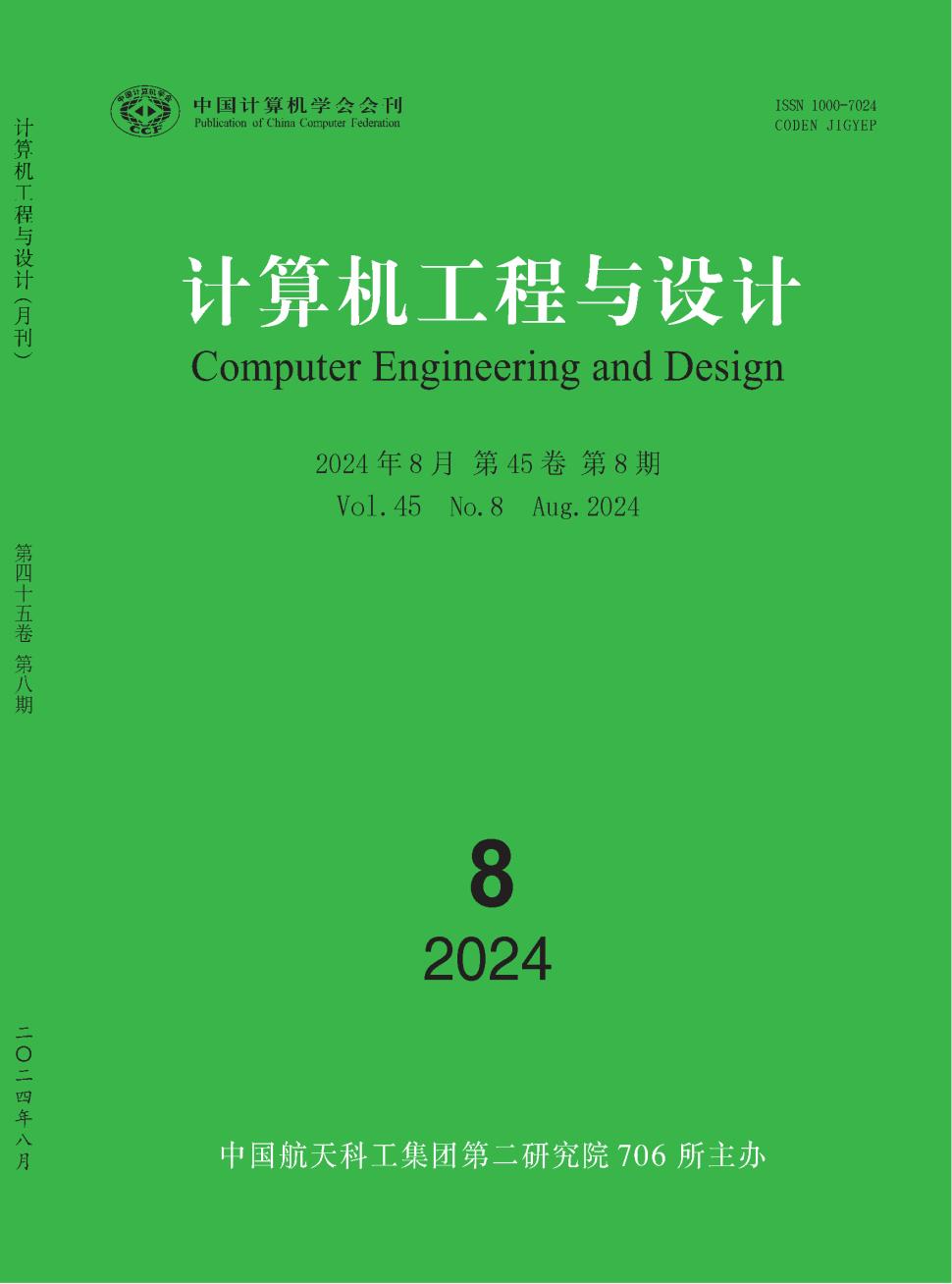室内光模拟器的设计与实现
引用次数: 1
摘要
光伏电池是为户外能源自主物联网系统供电的首选技术。尽管起步较早,但室内光伏电池在为室内物联网节点供电方面并不那么突出。微电子技术和电源管理的进步已经将现代物联网设备的功耗降低到微瓦级。这样的低功耗要求可以在室内环境中实现,即使光线照射度很低,也可以利用专门的光伏电池。这就需要在具有代表性的弱光条件下进行严格的光伏电池验证。本文研究了一种使用低成本LED元件的光模拟器的设计。我们提出了一个过程,以确定led的数量和位置,以满足强度和均匀性的要求。我们提出了一个简单的模拟模型,可以三维表示LED的角强度分布。在此基础上,搭建了一个低成本的仿真器并进行了演示。本文章由计算机程序翻译,如有差异,请以英文原文为准。
Design and implementation of an indoors light simulator
PV cells are a technology of choice for powering outdoor energy autonomous IoT systems. Despite an early start, indoor PV cells are not so prominent in powering indoor IoT nodes. Microelectronic technology and power management advancements have decreased the power consumption of modern IoT devices down to the microwatts scale. Such low power requirements can be fulfilled in indoor environments -even with low light irradiance-by utilizing specialized PV cells. This has created the need for rigid PV cell validation in representative low light conditions. In this paper we investigate the design of a light simulator using low-cost LED components. We propose a process to determine the number and positions of the LEDs in order to fulfill intensity and uniformity requirements. We propose a simple simulation model that allows the three-dimensional representation of the angular intensity distribution of an LED. Based on the study and the conclusions drawn, a low-cost simulator is built and demonstrated.
求助全文
通过发布文献求助,成功后即可免费获取论文全文。
去求助
来源期刊
自引率
0.00%
发文量
20353
期刊介绍:
Computer Engineering and Design is supervised by China Aerospace Science and Industry Corporation and sponsored by the 706th Institute of the Second Academy of China Aerospace Science and Industry Corporation. It was founded in 1980. The purpose of the journal is to disseminate new technologies and promote academic exchanges. Since its inception, it has adhered to the principle of combining depth and breadth, theory and application, and focused on reporting cutting-edge and hot computer technologies. The journal accepts academic papers with innovative and independent academic insights, including papers on fund projects, award-winning research papers, outstanding papers at academic conferences, doctoral and master's theses, etc.

 求助内容:
求助内容: 应助结果提醒方式:
应助结果提醒方式:


